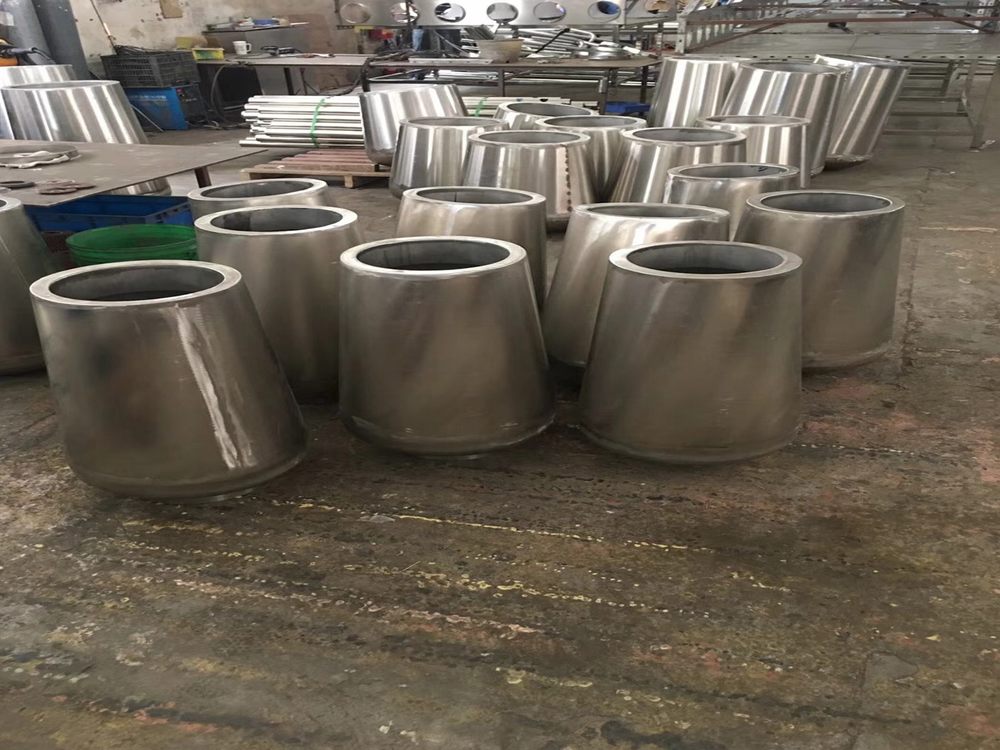
Creating a sense of contrast in wood sculptures elevates their visual impact and artistic depth. One of the most effective methods is combining smooth and rough textures. By carving intricate details alongside untouched, natural wood grain, artists highlight the interplay between refinement and rawness.
Another powerful technique is leveraging light and shadow. Strategic carving depths and angles catch light differently, casting dynamic shadows that emphasize form. Dark stains or burns can further accentuate these contrasts, adding dramatic tonal variations.
Material juxtaposition also plays a role. Incorporating metals, stones, or resins into wood sculptures introduces unexpected textures and colors, creating focal points. Even within the wood itself, selecting pieces with varying natural hues—like ebony against maple—enhances visual tension.
Finally, scale and proportion matter. Contrasting large, bold shapes with delicate, intricate carvings draws the eye and adds rhythm. By mastering these techniques, sculptors transform wood into captivating works of art that command attention.

